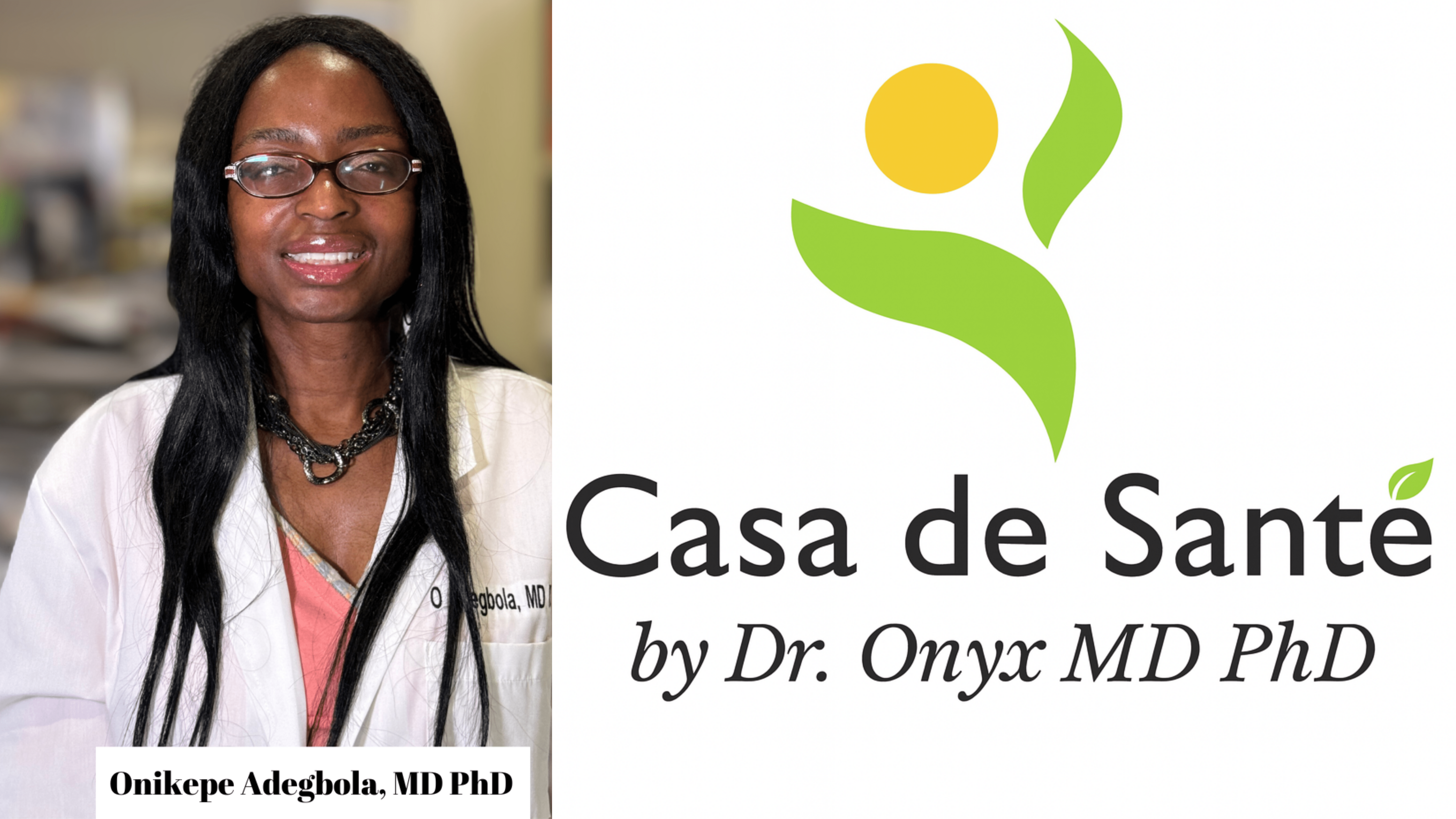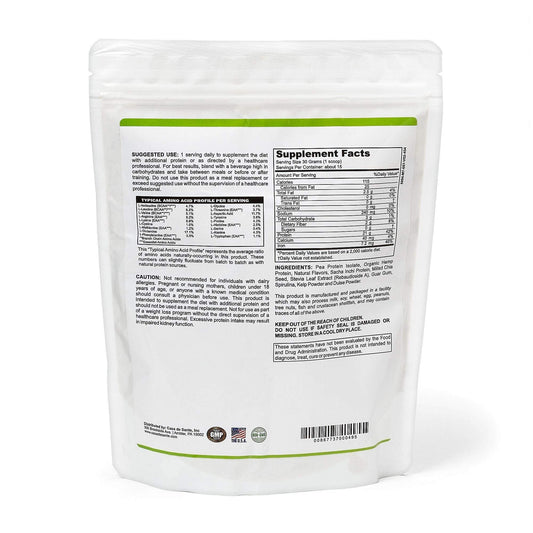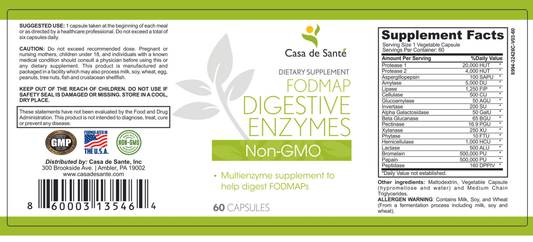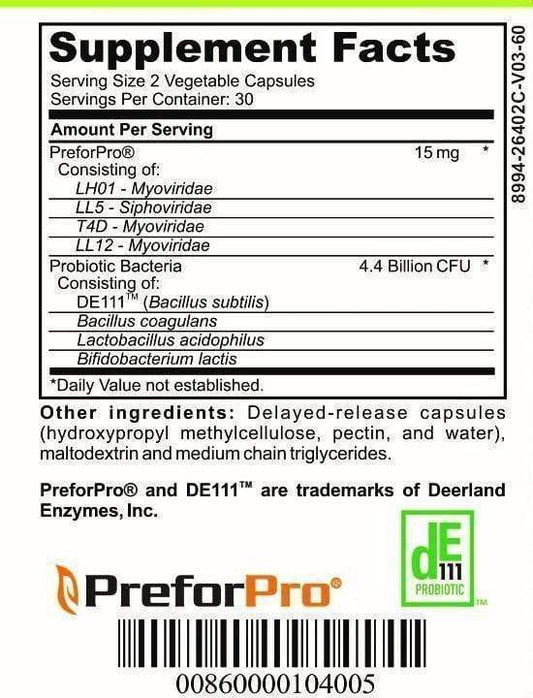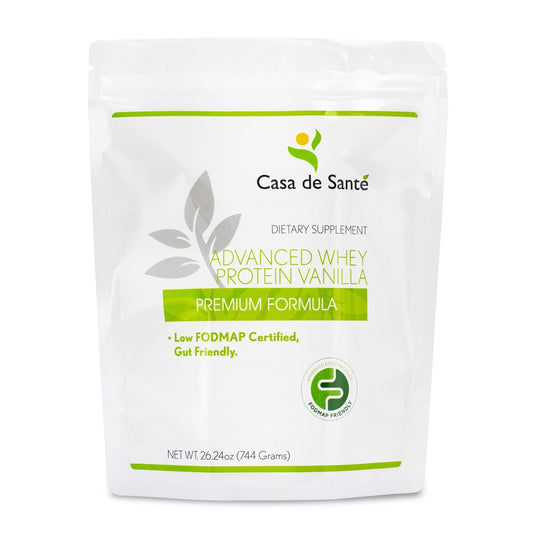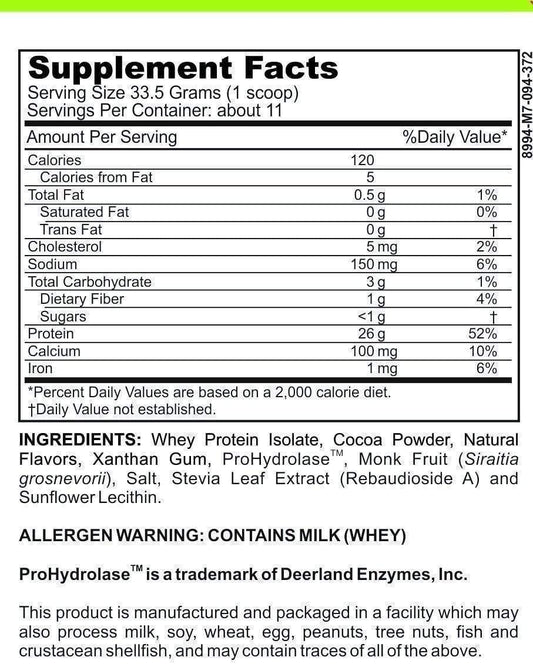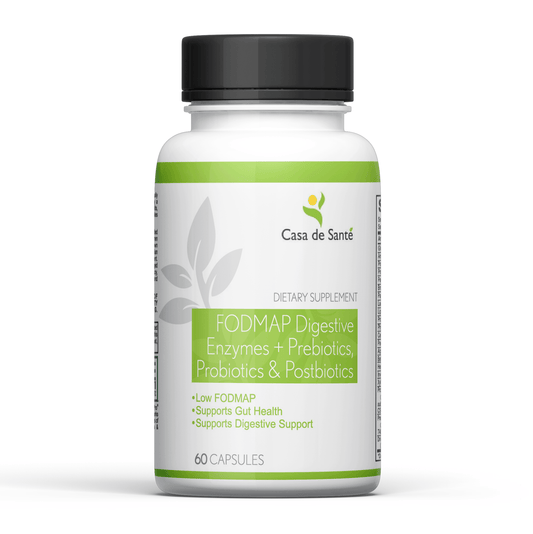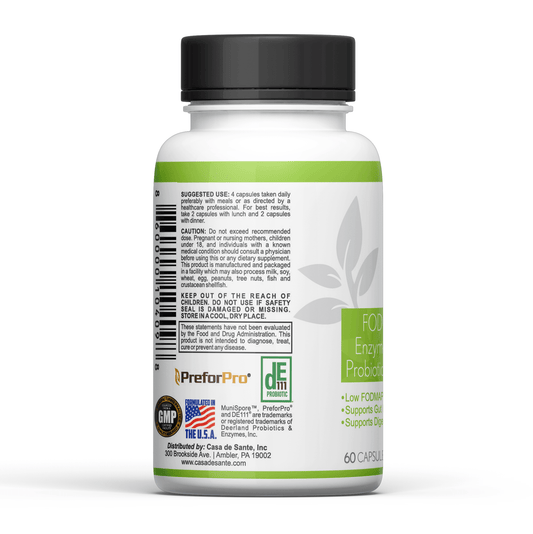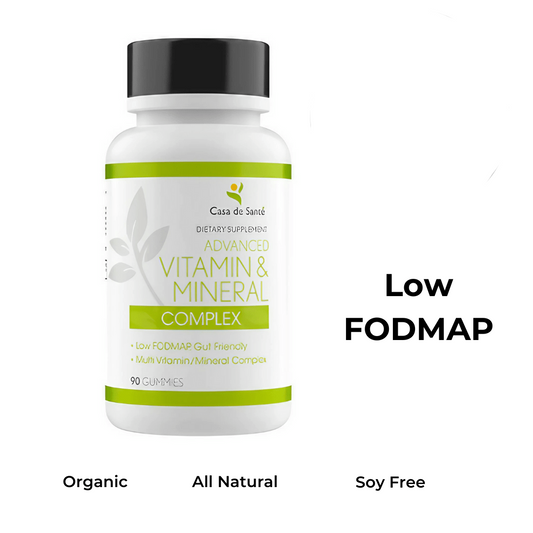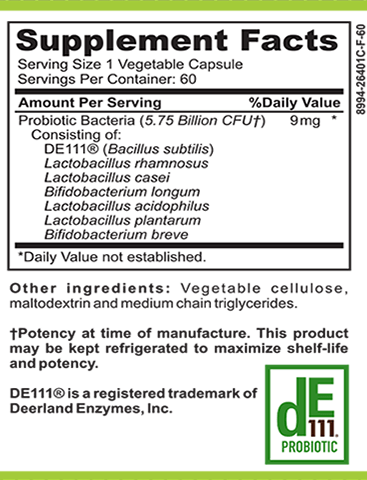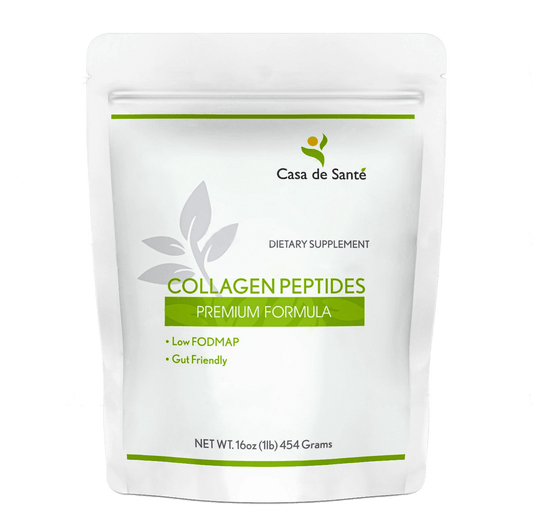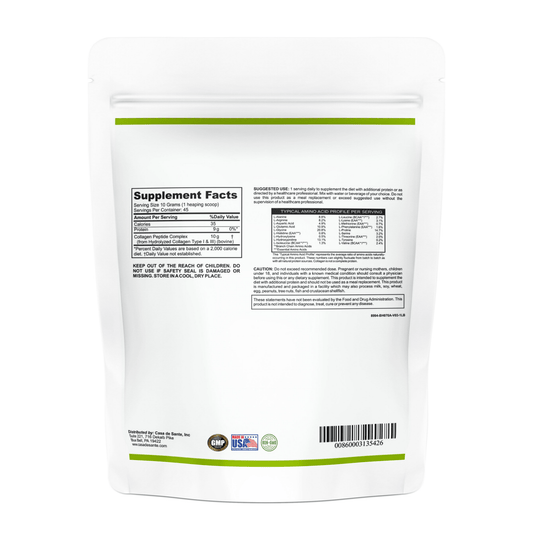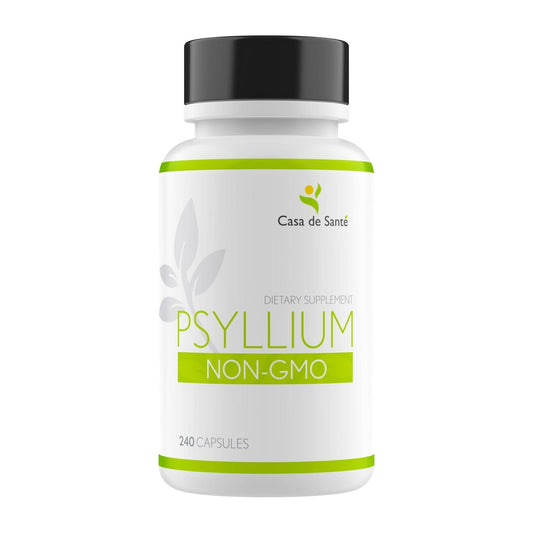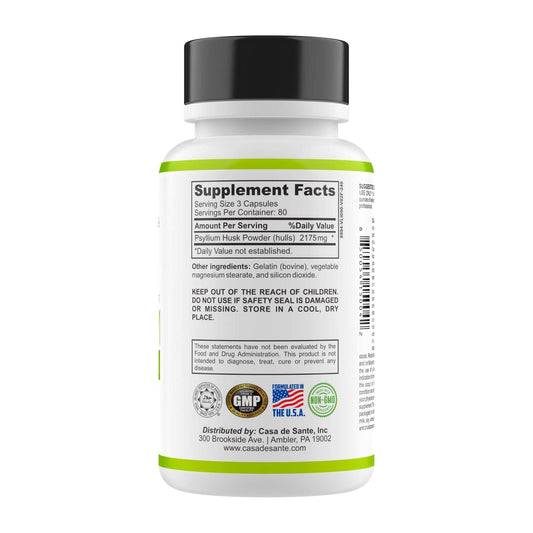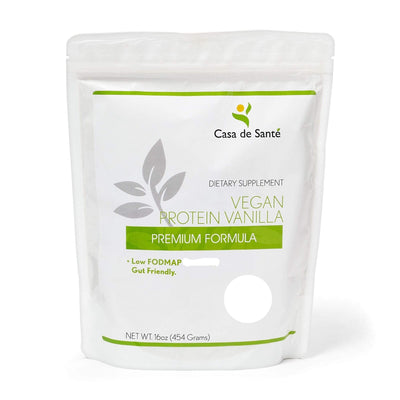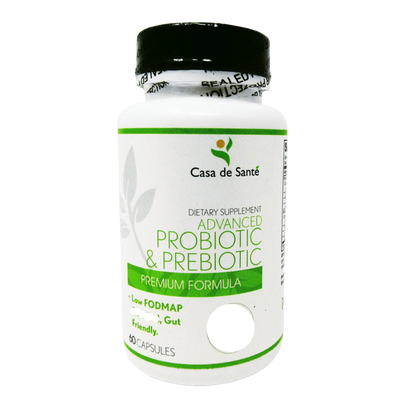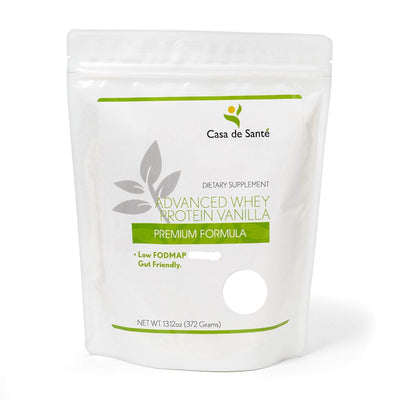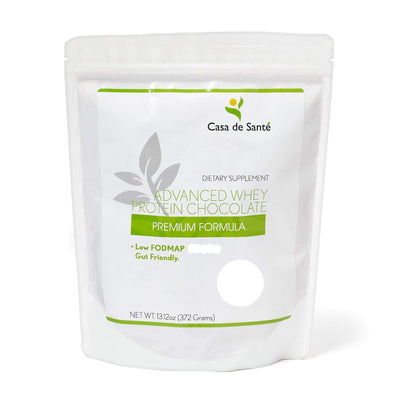Lactulose Breath Test Cost: What to Expect for This Digestive Health Exam
Lactulose Breath Test Cost: What to Expect for This Digestive Health Exam
If you're experiencing digestive issues like bloating, gas, or irregular bowel movements, your healthcare provider might recommend a lactulose breath test. This diagnostic tool helps identify conditions like small intestinal bacterial overgrowth (SIBO) and other digestive disorders. Understanding the costs and what to expect can help you prepare both financially and mentally for this important exam.
What is a Lactulose Breath Test?
A lactulose breath test is a non-invasive diagnostic procedure used to detect abnormal bacterial growth in the small intestine. During the test, you consume a lactulose solution (a non-digestible sugar), and then breathe into collection tubes at regular intervals. The test measures hydrogen and methane gases produced when bacteria in your intestines ferment the lactulose.
Elevated levels of these gases can indicate conditions like SIBO, which occurs when bacteria that normally populate your large intestine migrate and proliferate in your small intestine. This overgrowth can lead to uncomfortable symptoms and nutritional deficiencies if left untreated.
The testing process typically takes between 2-3 hours to complete, as breath samples must be collected at specific intervals (usually every 15-30 minutes) following lactulose consumption. This timeline allows healthcare providers to track the progression of gas production throughout the digestive tract. The pattern and timing of gas elevation can provide valuable diagnostic information, as early spikes may indicate bacterial overgrowth in the proximal (upper) small intestine, while later increases might suggest distal (lower) small intestine colonization or normal colonic fermentation.
Why Your Doctor Might Recommend This Test
Healthcare providers typically recommend a lactulose breath test when patients present with persistent digestive symptoms that haven't responded to standard treatments. These symptoms might include chronic bloating, excessive gas, abdominal pain, diarrhea, constipation, or unexplained weight loss.
The test is particularly valuable for patients with suspected SIBO, irritable bowel syndrome (IBS), or those who've had previous gastrointestinal surgeries that might predispose them to bacterial overgrowth. It's also useful for individuals following specific dietary protocols like low FODMAP diets who need to understand the underlying causes of their food sensitivities.
Certain medical conditions can increase your risk of developing SIBO and may prompt your doctor to order this test. These include structural abnormalities of the small intestine (like strictures, fistulas, or diverticulosis), disorders that affect intestinal motility (such as scleroderma or diabetic neuropathy), immune system deficiencies, and conditions that reduce stomach acid production. Additionally, a history of radiation therapy to the abdomen, multiple courses of antibiotics, or chronic pancreatitis might also warrant testing, as these factors can disrupt the normal bacterial balance in your digestive system.
Breaking Down the Costs
The cost of a lactulose breath test can vary significantly depending on several factors. Understanding these variables can help you anticipate expenses and explore payment options.
Hospital vs. Private Clinic Pricing
Where you get your test done significantly impacts the price. Hospital-based tests typically range from $250 to $500, while private gastroenterology clinics might charge between $175 and $400. Some functional medicine practitioners offer the test for $150 to $300.
The price difference often reflects overhead costs and whether the facility processes the samples on-site or sends them to external laboratories. Some clinics offer package deals that include both the test and follow-up consultation to review results.
Insurance Coverage Considerations
Insurance coverage for lactulose breath tests varies widely between providers and plans. Many major insurance companies will cover the test if it's deemed medically necessary and ordered by a physician. However, you may still be responsible for copays, deductibles, or a percentage of the total cost.
Before scheduling your test, contact your insurance provider to verify coverage. Ask specifically about CPT codes 91065 (hydrogen breath test) or 91065-52 (modified breath test) to get accurate information. Some patients find that even with insurance, out-of-pocket costs can range from $45 to $200 depending on their plan's specifics.
At-Home Testing Options
For those seeking more affordable alternatives, at-home breath test kits have become increasingly available. These typically cost between $150 and $300 and allow you to collect samples in the comfort of your home before mailing them to a laboratory for analysis.
While convenient and often less expensive, at-home tests may not be covered by insurance. Additionally, some healthcare providers prefer in-office testing for more reliable results and professional oversight during the procedure. If you're considering this option, discuss it with your doctor to ensure it's appropriate for your situation.
Preparing for Your Lactulose Breath Test
Proper preparation is crucial for accurate test results. Most facilities provide detailed instructions, but here's what you can generally expect to do before your test.
Dietary Restrictions
You'll typically need to follow a restricted diet for 24-48 hours before the test. This usually means avoiding high-fiber foods, certain carbohydrates, and fermentable foods that could affect gas production in your intestines. Common foods to avoid include fruits, vegetables, whole grains, beans, dairy products, and alcoholic beverages.
Instead, you'll be advised to eat simple proteins, white rice, and plain eggs. This restricted diet helps ensure that any gas measured during the test comes from the lactulose solution rather than from food still being digested in your system.
Medication and Supplement Considerations
Certain medications and supplements can interfere with test results and may need to be temporarily discontinued. Antibiotics typically need to be stopped 2-4 weeks before testing, while probiotics should be avoided for at least 1-2 weeks. Laxatives, stool softeners, and digestive aids are usually paused 1-3 days before the test.
For those who rely on digestive enzyme supplements to manage symptoms, this temporary pause can be challenging. Many patients who regularly use professional-grade enzyme complexes like Casa de Sante's low FODMAP certified digestive enzymes find that planning the test during a period when symptoms are less severe can make this preparation phase more manageable. These specialized enzyme formulations, which contain 18 targeted enzymes including dual protease complexes and alpha galactosidase for FODMAP support, typically need to be discontinued before testing to ensure accurate results.
What Happens During the Test
Understanding the testing procedure can help alleviate anxiety and ensure you're prepared for the experience.
The Testing Process
The lactulose breath test typically takes 2-3 hours to complete. You'll arrive at the testing facility after fasting for 12 hours (usually overnight). First, you'll provide a baseline breath sample by exhaling into a collection tube or bag.
Next, you'll drink a lactulose solution, which has a slightly sweet taste. Then, you'll provide breath samples every 15-30 minutes for the duration of the test. Between samples, you'll wait in a designated area, so bringing a book, tablet, or other quiet entertainment is advisable.
Potential Discomfort and Side Effects
Some patients experience temporary digestive symptoms during the test as the lactulose solution moves through their digestive tract. These can include bloating, gas, cramping, or changes in bowel movements. These symptoms are generally mild and resolve quickly after the test concludes.
If you typically experience significant digestive discomfort, mention this to the testing staff beforehand. They can provide guidance on managing symptoms during the procedure and may suggest specific positions or gentle movement to help ease discomfort.
After Your Breath Test
Once your test is complete, you'll want to understand what happens next and how to interpret your results.
Getting Your Results
Results typically take 1-2 weeks to process, though some facilities offer faster turnaround times for an additional fee. Your healthcare provider will schedule a follow-up appointment to review the findings and discuss treatment options if necessary.
The test results will show hydrogen and methane gas levels at each collection point. Elevated levels or specific patterns of gas production can indicate SIBO or other digestive disorders. Your doctor will interpret these patterns in the context of your symptoms and medical history.
Treatment Options Based on Results
If your test confirms SIBO or another digestive condition, your healthcare provider will recommend appropriate treatments. These might include targeted antibiotics, herbal antimicrobials, dietary modifications, or probiotics to rebalance your gut flora.
Many patients find that comprehensive digestive support is crucial during and after treatment. Professional-strength enzyme supplements can play a supportive role in managing symptoms and optimizing nutrient absorption during recovery. For those with FODMAP sensitivities, which often accompany SIBO, specialized enzyme formulations like those from Casa de Sante that include alpha galactosidase specifically for FODMAP support can be particularly beneficial as part of a comprehensive treatment plan.
Maximizing Value from Your Breath Test
Given the investment in this diagnostic procedure, it's worth taking steps to ensure you get the most value from your test.
Questions to Ask Your Healthcare Provider
Before your test, prepare a list of questions for your healthcare provider. Ask about their experience interpreting breath test results, what specific information they hope to gain from the test, and how the results will guide your treatment plan. Understanding the purpose and potential outcomes of the test can help you evaluate whether it's worth the expense.
Also inquire about follow-up testing that might be needed and whether there are any package deals that include both initial testing and follow-up assessments to monitor treatment progress. Some providers offer discounted rates for repeat testing when monitoring treatment efficacy.
Remember that while the lactulose breath test represents a financial investment, identifying and addressing the root cause of digestive symptoms can lead to significant improvements in quality of life and potentially reduce long-term healthcare costs associated with unmanaged digestive disorders. For many patients, the clarity and direction provided by accurate diagnosis justify the testing costs.
